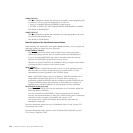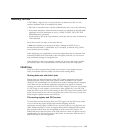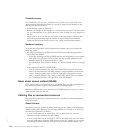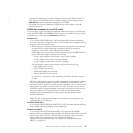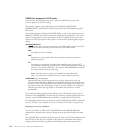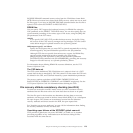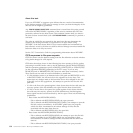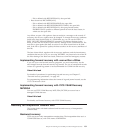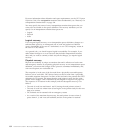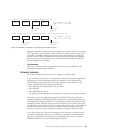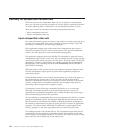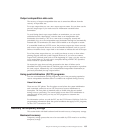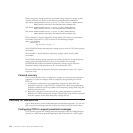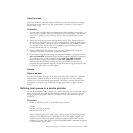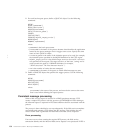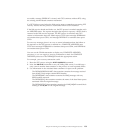For more information about allocation and space requirements, see the CICS System
Definition Guide.) For extrapartition transient data considerations, see “Recovery for
extrapartition transient data” on page 134.
You must specify the name of every intrapartition transient data queue that you
want to be recoverable in the queue definition. The recovery attributes you can
specify for an intrapartition transient data queue are:
v Logical
v Physical
v None
Logical recovery
If you request logical recovery on an intrapartition queue definition, changes to a
transient data queue by an interrupted unit of work are backed out. Backout
occurs dynamically in the case of a task abend, or at a CICS emergency restart in
the case of a CICS failure.
As a general rule, you should request logical recoverability. For example, if you
make related changes to a set of resources that includes intrapartition transient
data, and you want to commit (or back out) all the changes, you require logical
recovery.
Physical recovery
Physical recoverability is unique to transient data and is effective on both warm
and emergency restarts. By requesting physical recovery on an intrapartition queue
definition, you ensure that changes to the queue are committed immediately and,
with one exception, are not backed out.
The exception is in the case of the last read from a physically recoverable queue
before a unit of work fails. CICS always backs out the last read from a physically
recoverable transient data queue. In terms of the read and write pointers that CICS
maintains for TD queues, this means that the read pointer is reset, but the write
pointer never changes. This is illustrated by the diagram in Figure 12 on page 133.
The sequence of TD actions in this example, and the subsequent recovery, is as
follows:
v The unit of work has read items 1 and 2, leaving the read pointer at item 3.
v The unit of work has written item 4, leaving the write pointer ready for the next
item to be written.
v CICS abends and is restarted with an emergency restart.
v As a result of the transient data recovery, the read pointer is reset to item 2,
queue items 2, 3, and 4 are still available, and the write pointer is restored.
132 CICS TS for z/OS 4.1: Recovery and Restart Guide



